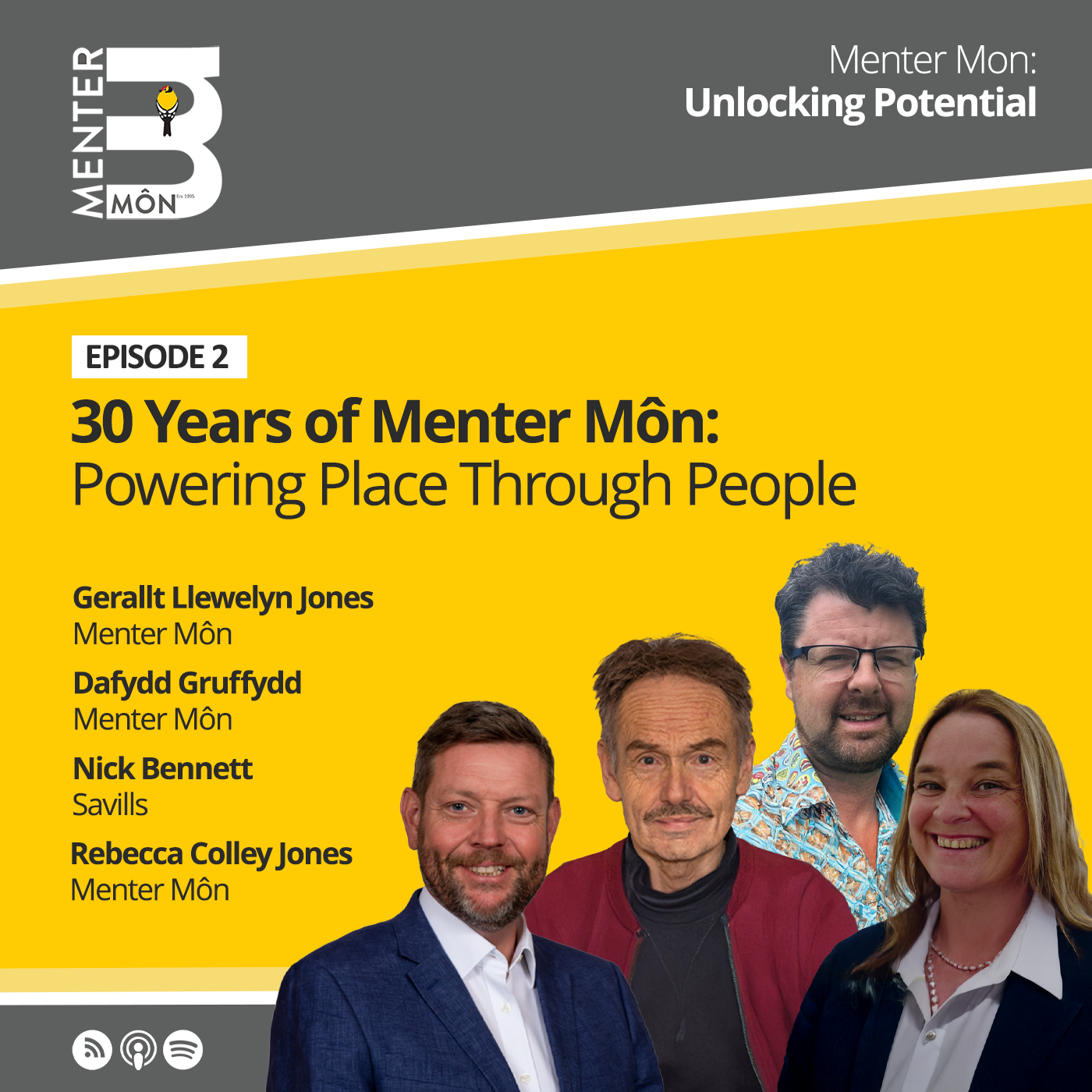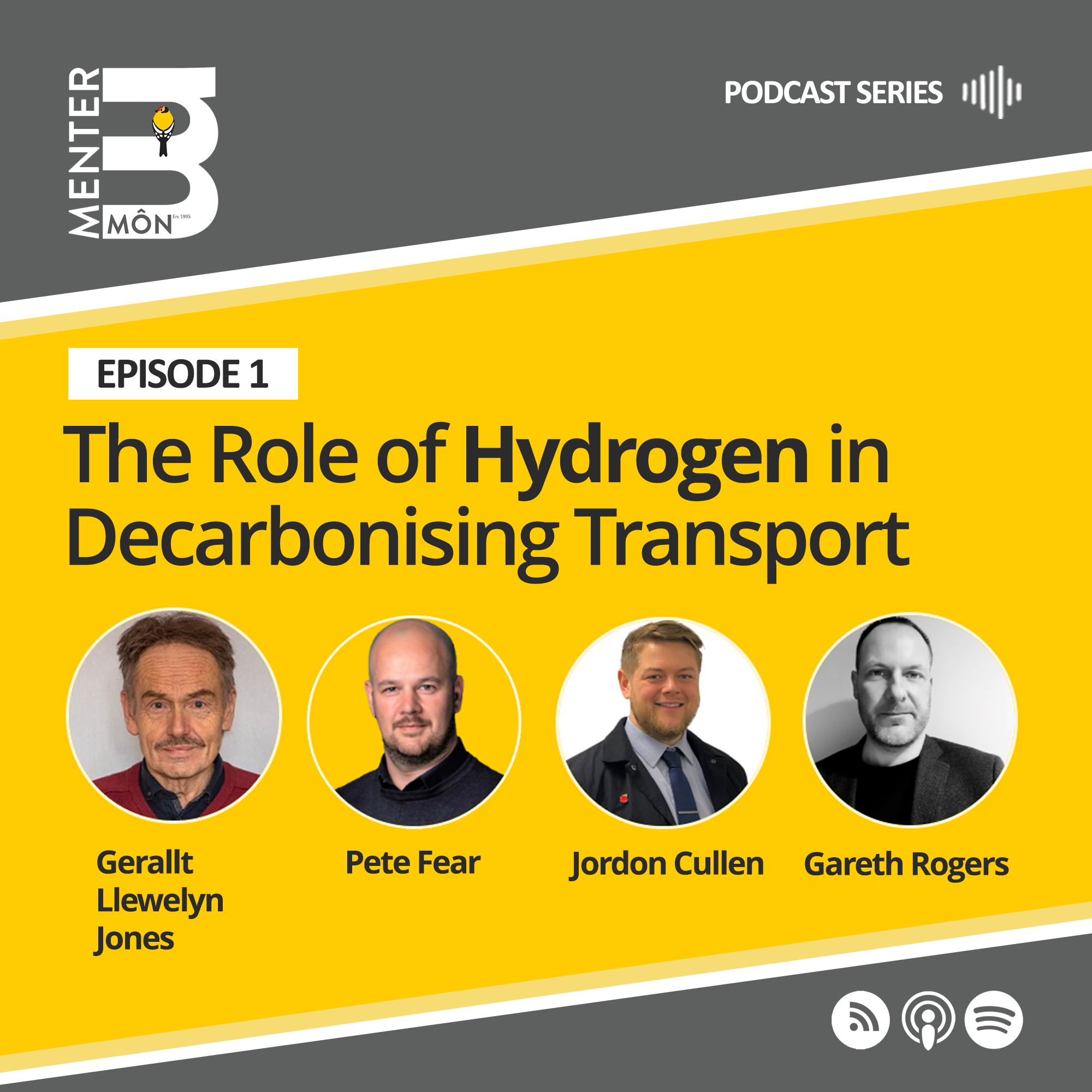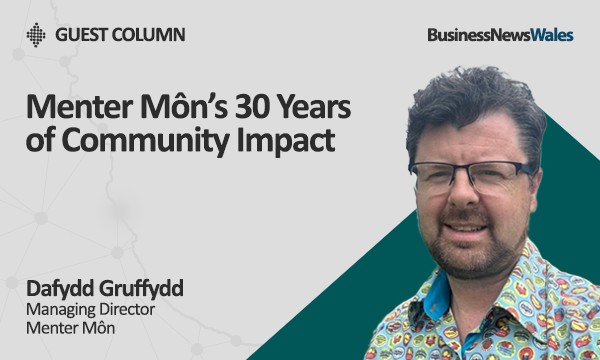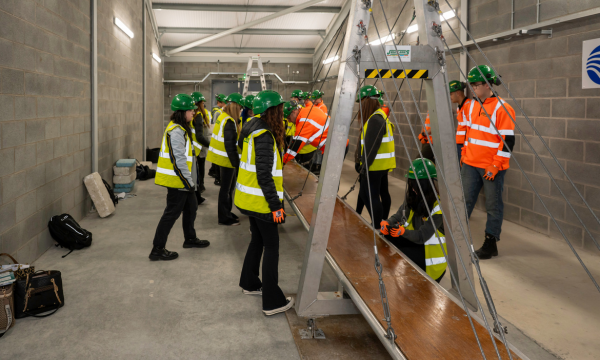
GUEST COLUMN:
Nick Bennett
Director
Savills
In 1994 I was assistant economic development officer at Ynys Môn Council. I could not have imagined the scale of what would follow from the first discussions I was involved with about a European funding bid. At the time, the situation on Anglesey was challenging, with graduate unemployment high and many young people leaving the island to find work elsewhere.
The idea was simple but ambitious: to try something innovative that would give local communities the tools to grow their own economy. Out of that came Menter Môn.
Thirty years on, I am proud to have played a part in shaping that original project. What strikes me most now is not simply the survival of Menter Môn, but the fact that it has thrived where so many similar initiatives elsewhere fell away. Many areas benefitted from European Leader funding, yet only a handful have gone on to develop into lasting institutions. That invites the question of why.
The answer lies in Menter Môn’s ability to innovate, adapt and stay rooted in the community. From the start it was about more than just writing a plan or accessing funds. It was about drawing on local strengths, shaping projects from the ground up, and ensuring that activity remained in place rather than being imposed from outside. That approach has proved resilient through upheavals such as Brexit and has continued to deliver long after the original funding streams disappeared.
The lesson, I believe, is that policy is only as strong as its implementation. Governments and agencies are good at setting ambitions, but unless those ambitions are made real in communities, they will not deliver lasting change. What Menter Môn shows is that grassroots innovation, backed by trust and community involvement, can generate economic activity even in difficult times.
That is not to say the wider context can be ignored. Since the global financial crash, GDP growth across the UK has averaged less than one per cent a year, and Wales continues to face challenges in matching the UK average for prosperity. But focusing only on those figures risks missing the point. Growth must be inclusive if it is to be sustainable, and it must help young people see a future in the places they grew up.
This is why I believe the future lies in harnessing the strengths of Menter Môn as we give more attention to parts of Wales such as north Anglesey. The area has a rich cultural and linguistic heritage, but its population is ageing, and opportunities for younger people are limited. If we want communities like this to be thriving 30 years from now, we need to ask what can be done now to rebalance their economies and make them attractive places to stay or to return to.
Menter Môn’s projects such as the tidal energy initiative at Morlais or the development of the hydrogen hub show what is possible when innovation is rooted in place. They demonstrate that a rural initiative can grow into something of global significance while still delivering benefits locally. But it is not only about energy. It is about taking the principles that have underpinned Menter Môn’s success – community involvement, agility, and a focus on people – and applying them to challenges from town centre regeneration to supporting enterprise.
Real success in the next 30 years would be to see north Anglesey with a younger population profile, a stronger local economy, and a Welsh language that continues to thrive. Achieving that will not be easy, but the blueprint is already there. Menter Môn has shown what can be done. The task now is to make sure that its lessons are used even more widely to meet the challenges our communities face today.
Nick Bennett talks about this and more in the Menter Môn: Unlocking Potential podcast. Listen here.











